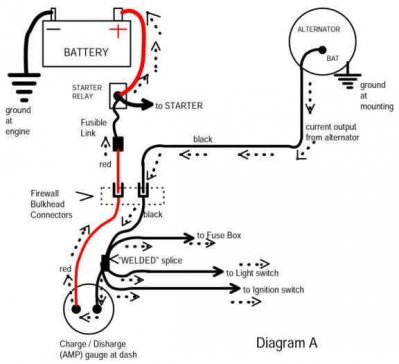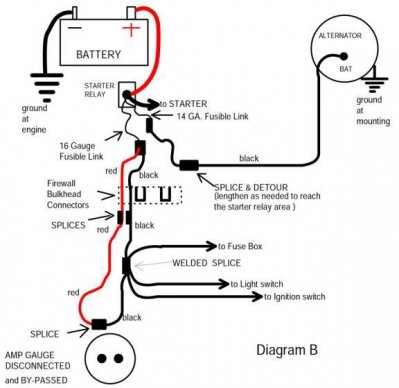kenmdale
Member
I am about to do the Ammeter Bypass on my 66 Sport Fury. Should the new wire with a new fusible link run from the alternator to the stud on the starter relay like The MADD bypass instructions ,or should it run directly to the battery
Cheers
Ken
Cheers
Ken




















